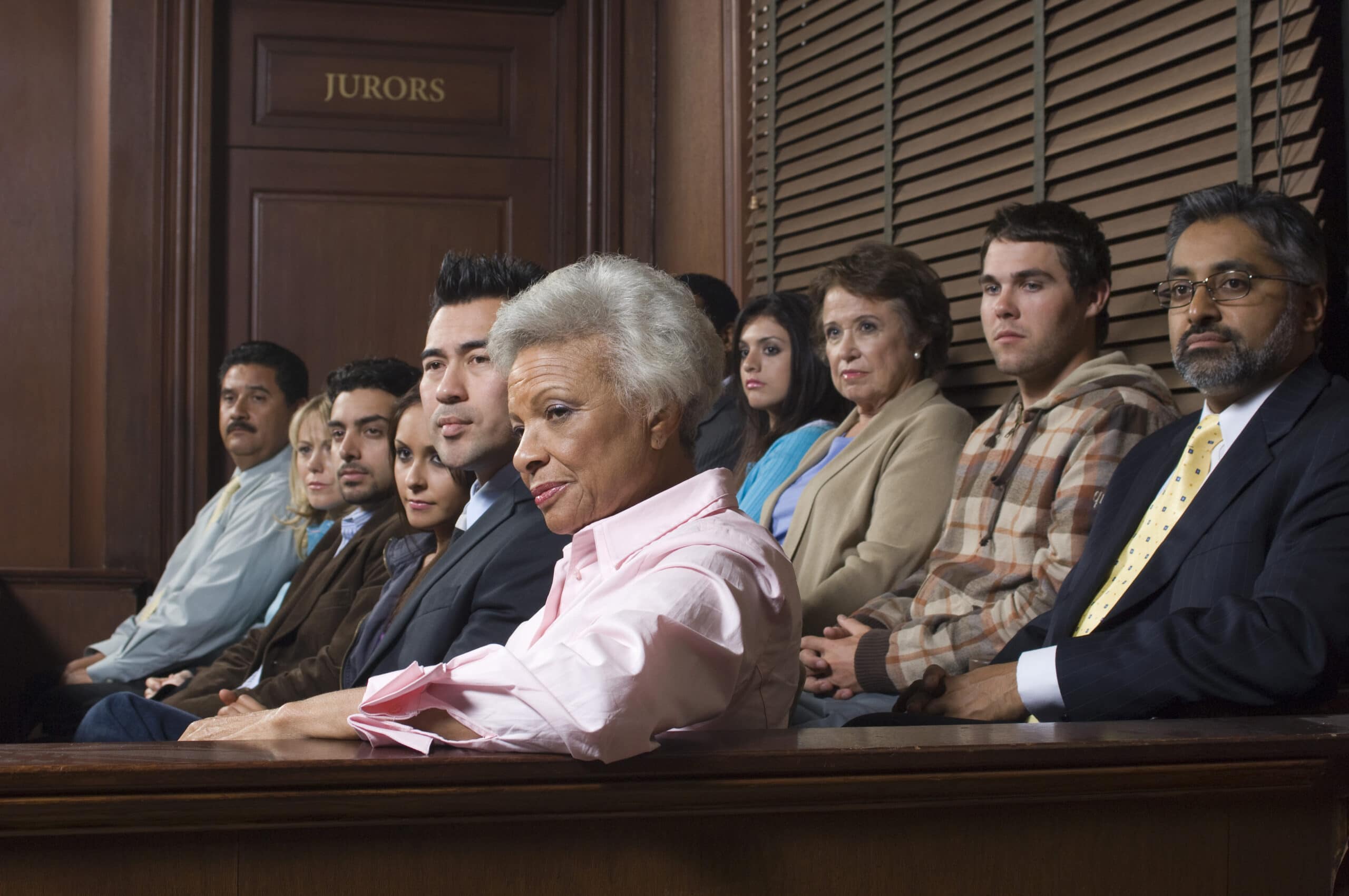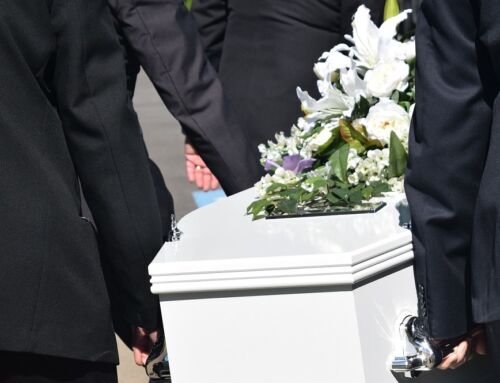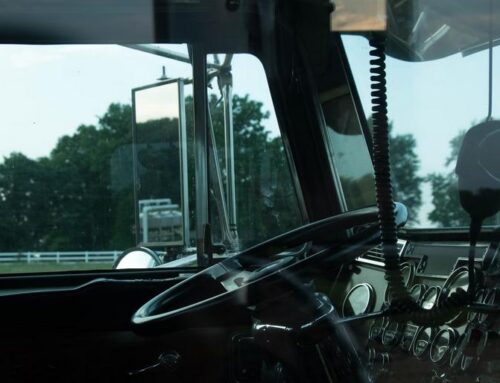Every juror in any case has biases. They may think that they cannot fairly treat someone who has caused an accident, or they may feel in a criminal trial that they cannot treat a criminal defendant. However, attorneys can, before any trial happens, weed out potential jurors who might have bias or who might be unable to fairly participate in a jury trial. They do this through a process called voir dire, where the attorneys can ask the potential jurors questions that may reveal any potential biases they might have.
When the attorneys ask these questions to the potential jurors, they can dismiss up to three jurors without giving a reason for the dismissal. This is called a preemptory strike. Each side gets three preemptory strikes and can use them whenever they want during the voir dire process. However, there is another way to strike potential jurors from serving on the jury. This is called striking a juror for-cause.
When striking a juror for-cause, the attorney must provide a reason that they are striking the juror. They must ask the judge to strike the potential juror for-cause, and if the judge believes that the juror cannot fairly decide the case, then the judge can strike the juror for-cause and prevent them from serving on the jury.
The Case: Clark v. Mattar
The Indiana Supreme Court took this case because a juror in the court below was struck using a preemptory strike, when the attorney for the plaintiff argued that the juror should have been struck for cause. Because of this, another juror who could have been struck using a preemptory strike was allowed to serve on the jury, and this harmed the plaintiff’s case.
The potential juror in question stated that they did not want to serve as a juror, they had a favorable impression of doctors, and would not be able to assess any kind of damages. The attorney for the plaintiff attempted to get the potential juror thrown out for-cause, but the judge did not allow the attorney to strike the juror. The attorney then had to use a preemptory strike to get rid of the juror.
The Indiana Supreme Court held that the juror clearly had bias and should have been struck for-cause. The Court stated that a new trial was clearly warranted because the party trying to strike the juror had to accept an objectionable juror as a replacement.
Why is This Case Important?
This case is important because it is important to recognize the biases of jurors. It is important to realize that in these instances that juror biases can impact a trial in many different ways. It can mean the difference between a defense verdict or a plaintiff’s verdict, or it can be the difference between a criminal conviction and letting someone go free. Overall it is important for a judge to recognize juror bias and strike biased jurors for-cause when necessary.
Have You Been Injured in an Accident?
If you have been injured in an automobile accident or in a slip-and-fall accident, contact the experienced attorneys at the law firm of Hurst Limontes, LLC. Our attorneys have combined decades of experience fighting for our clients. Contact us today for a free consultation!





